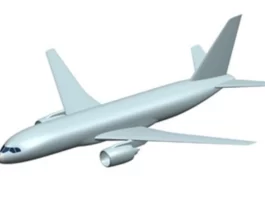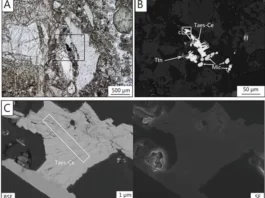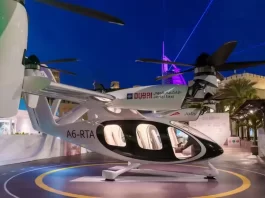China recently completed a test flight of a 2-ton class electric vertical takeoff and landing (eVTOL) aircraft created independently. This is intended to be a future “flying taxi.”
A Shanghai-based aerospace science and technology firm created and designed the Matrix 1 (M1) electric VTOL aircraft. It measures 10 metres long, 3 metres tall, has a wingspan of 15 metres, and weighs 2 tonnes. The unmanned aircraft has a design range of 250 kilometres, a top speed of 200 kilometres per hour, a maximum payload of 500 kilogrammes, and can transport up to five passengers simultaneously.
The “M1” resembles industrial, agricultural, plant protection, and aerial photography drones.
As it is capable of vertical takeoff and landing, it does not require a runway to perform takeoff and landing operations. Furthermore, due to its electric drive, it can attain minimal noise levels and have no carbon emissions.
At the end of March of this year, the first unit of the “M1” was formally put into production. Flight tests began in September, and the first flight of the “M1” was successful in October. An electric vertical takeoff and landing aircraft with a capacity of two tonnes is the first to be created independently in China.
At the sixth China International Import Expo, the “flying taxi,” representing the future of urban transportation, attracted much attention.
Previously, the Maxtrix 1 was only available as a freight model. The vehicle is a sleek and futuristic prototype eVTOL cargo aircraft with 3.5 cubic metres of cargo area and the ability to transport 32 postal boxes. The aircraft’s cruise speed is anticipated to be 200 km/h (123 mph), and its range is 250 km (155 m). The empty weight of the aircraft is 1,500 kg (3,307 lb), the maximum payload weight is 500 kg (1,102 lb), and the maximum takeoff weight is 2,000 kg (4,409) lb. The aircraft has sixteen dedicated VTOL propellers and four dedicated tractor propellers (forward flight propellers), with all propellers mounted on two booms.
The aircraft had a wing span of 15 m (49 ft, 2-1/2 in) and one main high wing with winglets. The tail is changed from typical aircraft tails, with a V forming from the fuselage and short horizontal wings with winglets at the apex of the V. The primary wing and tail are joined by four booms that house the propellers and electric motors. The landing struts of the aircraft are tricycle-mounted.






